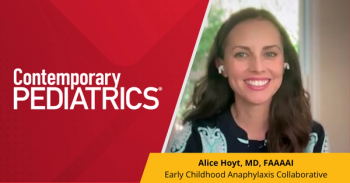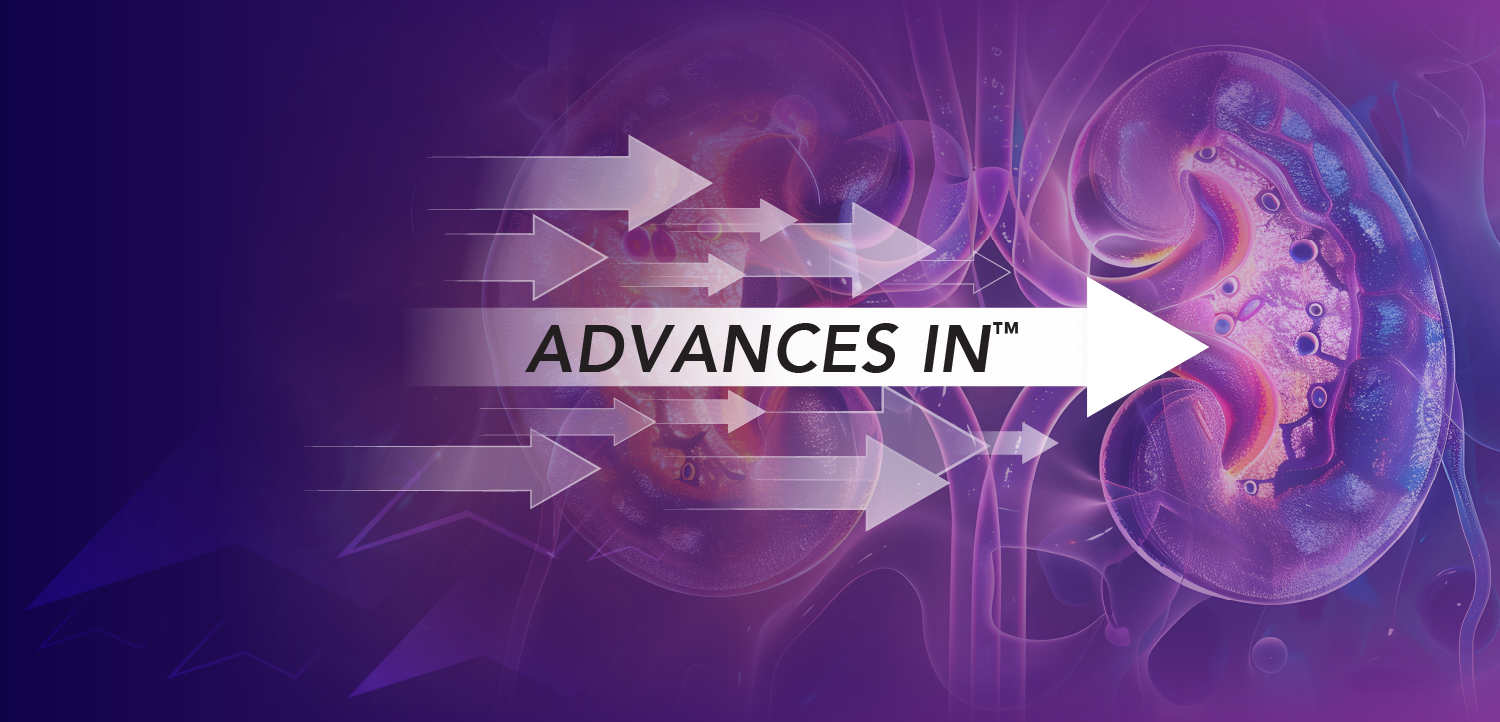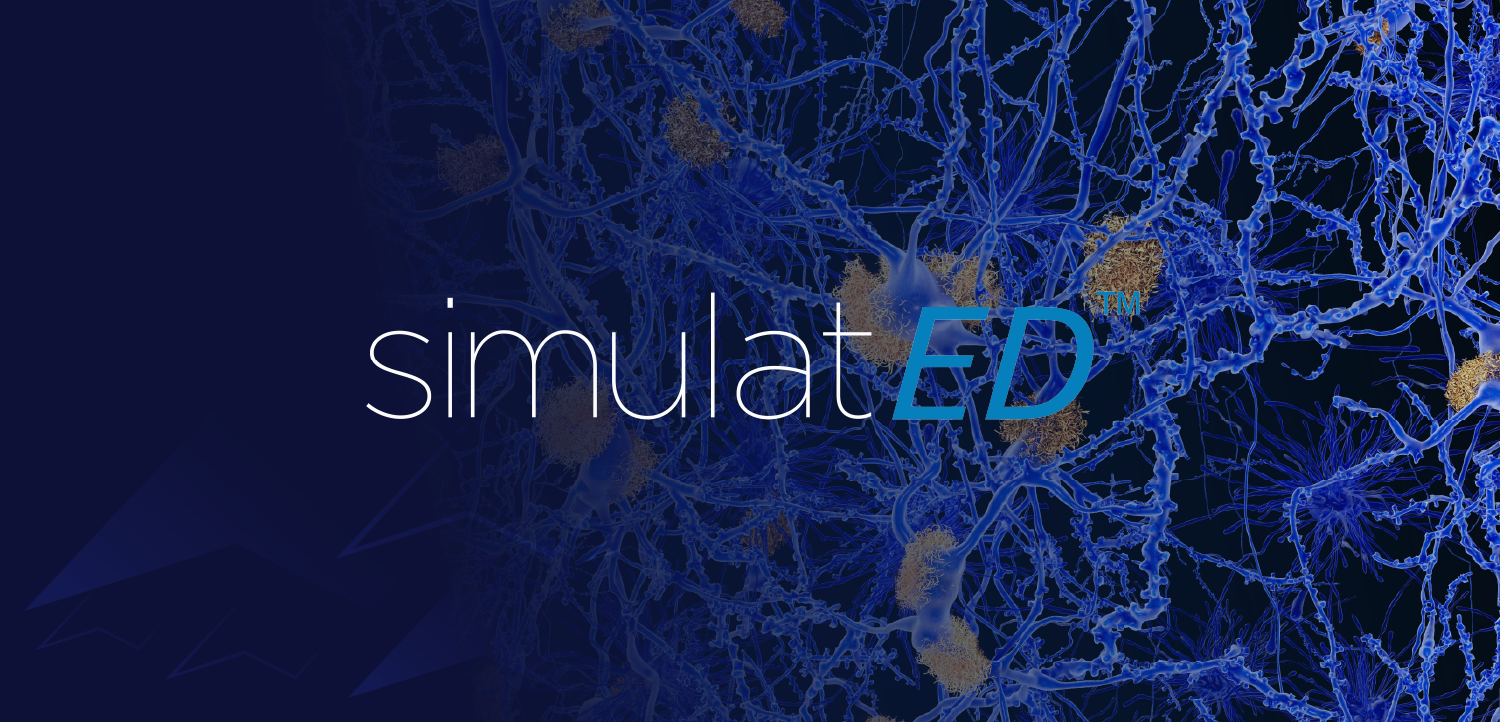
Social media usage and response to social feedback
In a recent study, it was found adolescents who frequently checked social media had a lower neural sensitivity to social anticipation.
Habitually checking social media during adolescence may lead to changes in neural sensitivity related to rewards and punishments, according to a recent study.
Investigators set out to determine the association between frequently checking social media platforms and longitudinal changes in functional brain development throughout adolescence. Critical brain development occurs during adolescence, making the brain sensitive to social feedback. Unique social interactions are possible during this time through social media.
A 3-year longitudinal cohort study took place evaluating the functional magnetic resonance imaging (fMRI) of youths in the sixth and seventh grades. Participants were recruited from 3 middle schools in North Carolina.
In the first wave of the study, participants reported the frequency at which they checked social media platforms. Three platforms were selected for the study: Facebook, Instagram, and Snapchat.
The primary outcome of the study was the neural response to social feedback, measured through fMRI once per year. A Social Incentive Delay task recorded adolescents’ facial expressions to determine if social feedback was a reward, punishment, or neutral.
There were 169 participants aged 12 years who met the inclusion criteria for the study. Of these, about 54% were female, and about 23% were Black.
Lower neural sensitivity to social anticipation was seen in participants who frequently checked social media compared to those without habitual checking behaviors.
Neural sensitivity was observed through the left amygdala, posterior insula, ventral striatum, right amygdala, right anterior insula, and left dorsolateral prefrontal cortex. Longitudinal increases were seen in these areas among adolescents who frequently checked social media, while decreases were seen in adolescents who did not frequently check social media.
These results indicate an association between habitual social media use and the brain’s sensitivity to social reward and punishments. Investigators recommended further research on long-term associations between these factors.
Reference
Maza MT, Fox KA, Kwon S, Flannery JE, Lindquist KA, Prinstein MJ, et al. Association of habitual checking behaviors on social media with longitudinal functional brain development. JAMA Pediatr. 2023. doi:10.1001/jamapediatrics.2022.4924
Newsletter
Access practical, evidence-based guidance to support better care for our youngest patients. Join our email list for the latest clinical updates.












